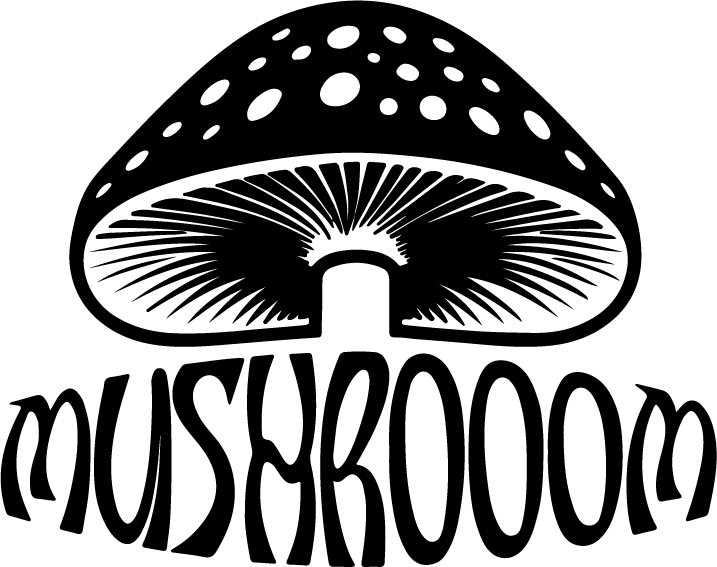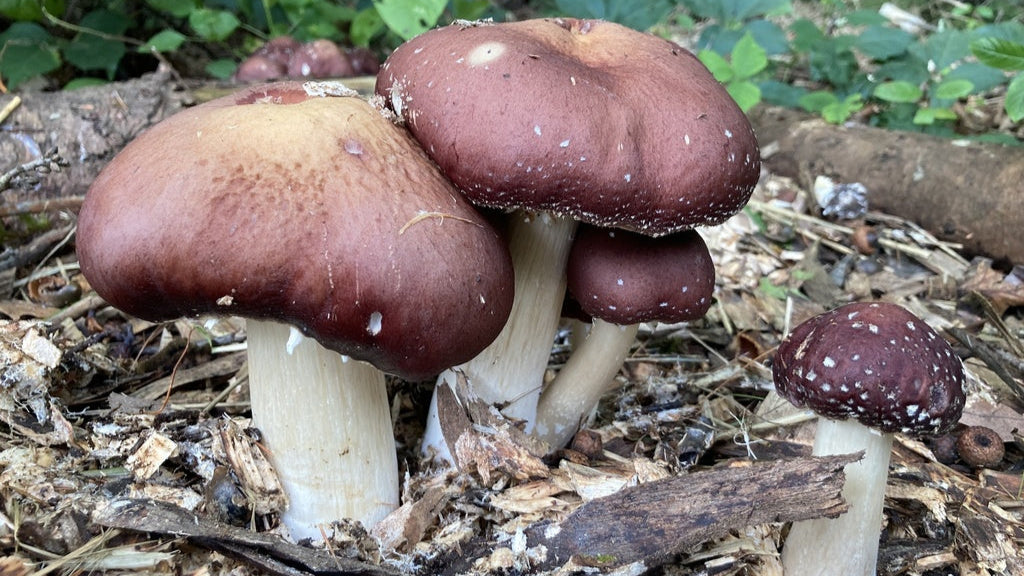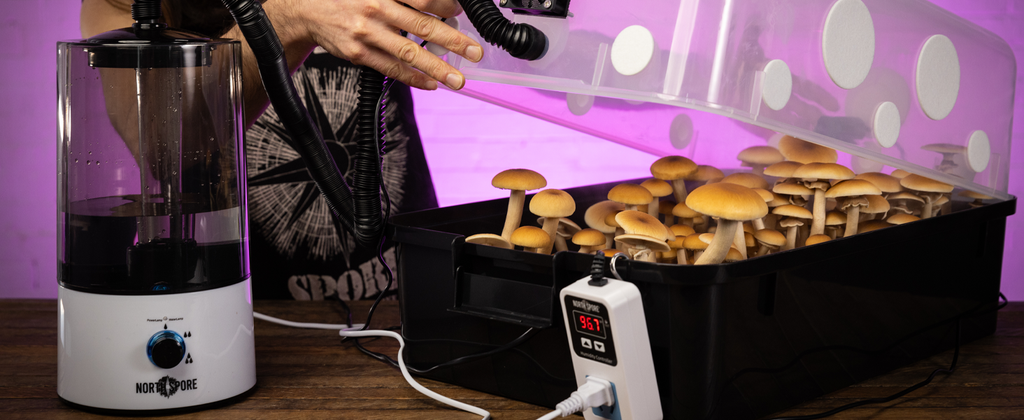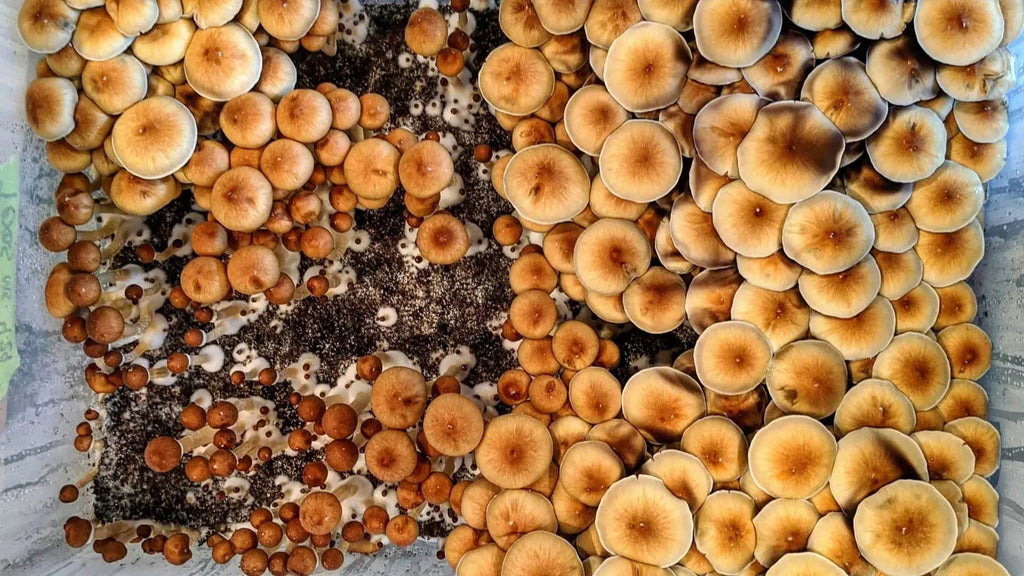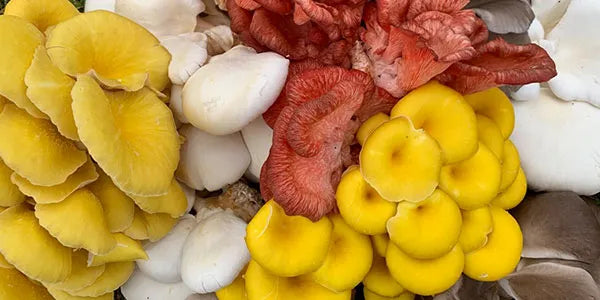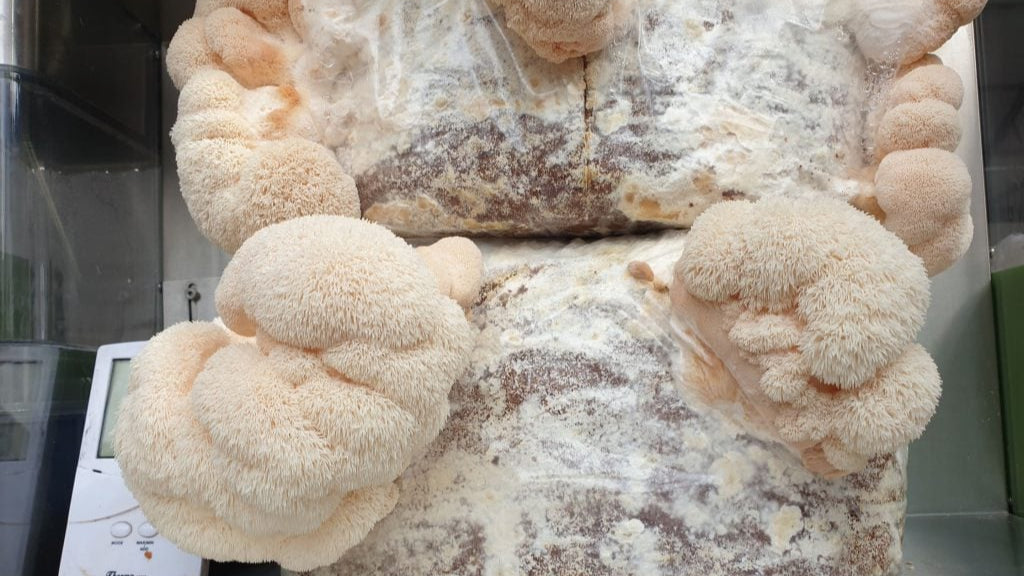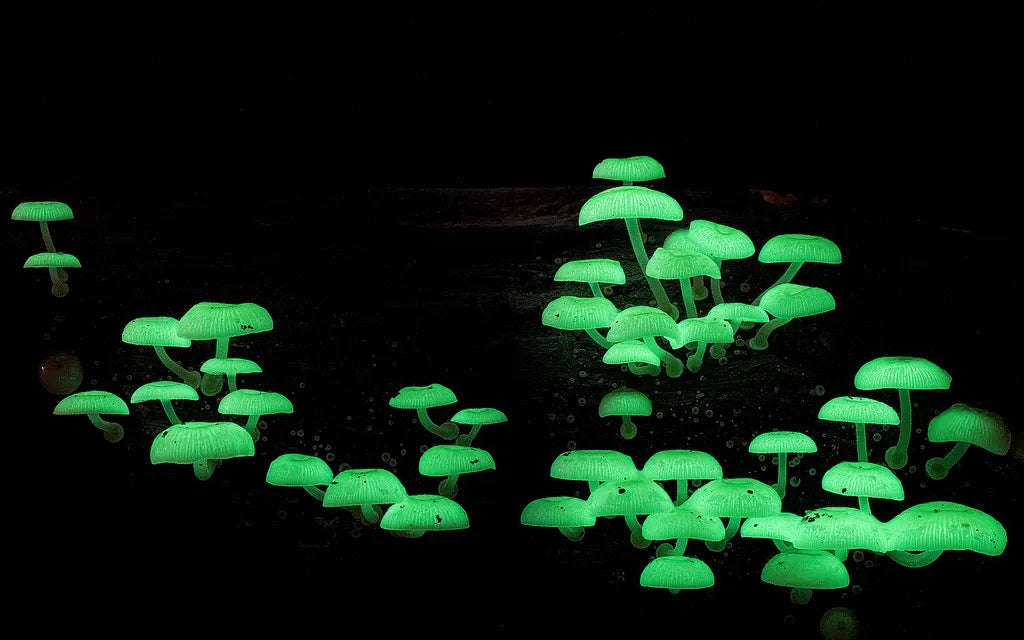
Bioluminescent Mushrooms

Nature’s Glow-in-the-Dark Wonders
Bioluminescent mushrooms are one of nature’s most enchanting phenomena — fungi that naturally emit light, transforming dark forests into magical, glowing landscapes. But what makes these mushrooms light up? And how do they grow in complete darkness? Let’s explore the science, mystery, and allure of these fascinating organisms.
What Are Bioluminescent Mushrooms?
Bioluminescent mushrooms are fungi that produce their own visible light through a biochemical reaction. There are more than 80 known species worldwide, with notable examples including Mycena chlorophos, Armillaria mellea, and Panellus stipticus. They’re typically found in tropical and temperate forests, thriving on decaying wood, leaf litter, or other organic matter.
Why Do Bioluminescent Mushrooms Glow?
The glow comes from a chemical reaction involving luciferin (a light-emitting molecule), luciferase (an enzyme), oxygen, and ATP (energy). When luciferin is oxidized by luciferase, it produces light — a process similar to that seen in fireflies and some marine creatures.
Scientists believe the glow serves several possible purposes:
Attracting Insects: The light can lure insects at night, helping spread mushroom spores to new locations.
Deterring Predators: Some researchers suggest the glow warns nocturnal animals that the mushroom might be toxic or unpalatable.
Communication: It may play a role in signaling other organisms in the forest ecosystem.
How Do They Grow in the Dark?
Mushrooms don’t need sunlight like plants do because they aren’t photosynthetic. Instead of producing energy from light, they absorb nutrients from organic matter:
Decomposers: Bioluminescent fungi break down wood and leaf litter, recycling nutrients into the ecosystem.
Moist, Shaded Environments: Darkness helps retain the moisture fungi need to thrive, making caves, dense forests, and rotting logs ideal habitats.
Energy from Decay: They extract carbohydrates and other nutrients directly from decomposing plant matter, fueling both growth and the bioluminescent reaction.
Where Can You Find Them?
If you’re hoping to witness this natural light show, some of the most famous spots include:
Rainforests in Brazil and Southeast Asia
Forests in Japan (Mycena chlorophos season is a bucket-list sight)
North American woodlands during humid summer nights
Bioluminescence Beyond the Beauty
While their glow is mesmerizing, bioluminescent mushrooms are also of scientific interest:
Medical Research: Understanding luciferase and luciferin helps develop new imaging techniques in biology and medicine.
Environmental Indicators: These fungi can signal changes in forest health and biodiversity.
The Magic of the Forest at Night
Bioluminescent mushrooms remind us that the forest never truly sleeps. Their ability to glow and grow without sunlight is a testament to nature’s adaptability and creativity. Whether serving an ecological role, aiding scientific discoveries, or simply sparking wonder, these glowing fungi are one of Earth’s most magical natural spectacles.
